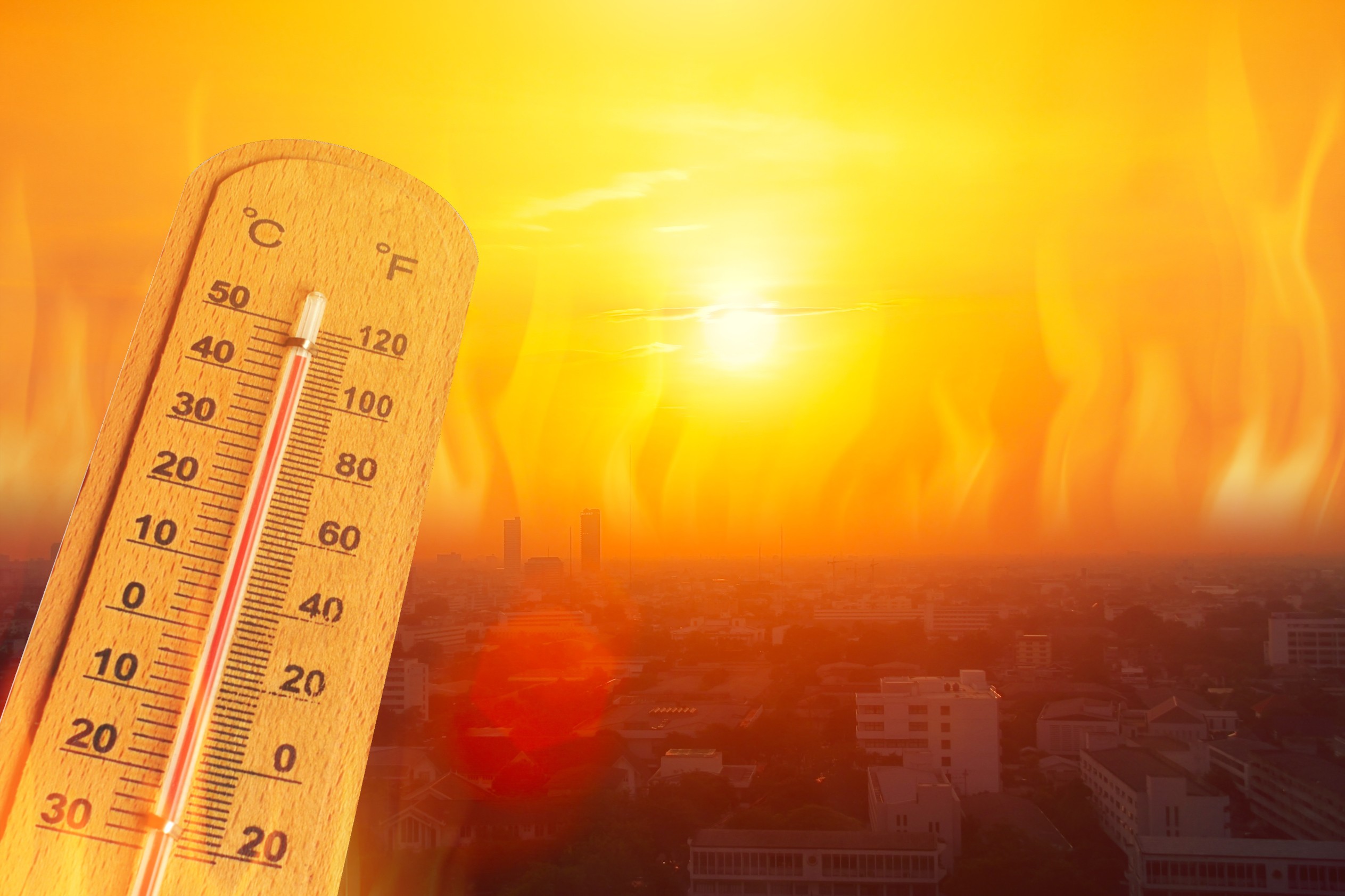
Heavy Rain, Flooding, and Chance of Severe Weather Staring Down the Southern U.S.
January 22, 2024
Posted: July 20, 2023 9:30 am





Residents of Phoenix are used to the scorching heat wave that has gripped the metro area over the last several days. After all, it is Phoenix in July. However, the summer of 2023 will now be officially distinguished as one of the hottest on record.
The city broke a new heat record that had been in place for nearly 50 years. Read on for the details of just how hot it has been in the Valley of the Sun.
Phoenix broke the record for the longest stretch of temperature readings at or above 110 degrees on Tuesday when the mercury hit this mark at precisely 11:59 am local time. And forecasters warn that the streak is likely to continue.
The city has now seen 19 days at this threshold as a heat wave continues to grip the Desert Southwest.
The previous streak has been on the record books since June of 1974. This latest streak began on June 30 and is forecast to linger for several more days. The long-range forecast predicts that the temperature will easily hit this benchmark through at least the middle of next week.
The longest streak of days at 110 degrees or higher was not the only record that came down on Tuesday. The low temperature reading of 94 degrees at 7 am also set a new record for the highest low reading for July 18.
The National Weather Service (NWS) also confirmed that this was the ninth day in a row of an overnight low that failed to drop below 90 degrees.
The sweltering overnight lows are particularly dangerous as it gives residents no opportunity to cool their homes after the sun sets. One faulty air conditioner can be life-threatening to vulnerable individuals such as the elderly.
The city of Phoenix and its environs have been under an excessive heat warning since July 1. As of now, this heat warning is not set to expire until July 21. However, meteorologists are warning that it could be extended.

The extreme heat comes with a host of dangerous impacts. Local health officials have said that hospitals are being inundated with patients suffering from various heat-related illnesses such as heat stroke, heat exhaustion, and dehydration. Hospitals are reporting that they have not been this busy since the height of the COVID-19 pandemic.
Maricopa County, home to Phoenix, has confirmed 12 deaths related to the heat so far this season. An additional 55 fatalities are still under investigation. The year 2022 saw 17 confirmed heat-related deaths.
While tornadoes and hurricanes tend to grab all of the headlines due to the loss of life blamed on these severe weather events, heat is actually the number one cause of death related to weather in the U.S.
Local government officials have established over 200 cooling centers and hydration stations for residents in Phoenix needing relief from the elements.
In addition to the searing heat, air quality levels have also begun to deteriorate across Phoenix. The stagnant air and the lack of moisture are behind these poor conditions. Vulnerable populations will want to take care to monitor these air quality ratings and make decisions about spending time outside accordingly.
The dangerous heat wave has not been limited to Phoenix. The heat wave has expanded over the last few days, bringing areas from Southern California into Texas into the fold. Excessive heat warnings are in place for over 31 million people with heat advisories covering about 41 million more Americans.
Dallas is forecast to remain in the triple digits through Friday before temperatures fall back into the 90s for the weekend. There will be no such luck for El Paso. This part of western Texas is forecast to see the mercury land well above the century mark for the next few weeks. Down in Houston, the temperature is expected to hover in the upper 90s and low 100s for the foreseeable future.
Did you find this content useful? Feel free to bookmark or to post to your timeline for reference later.

January 21, 2024

January 19, 2024

January 18, 2024